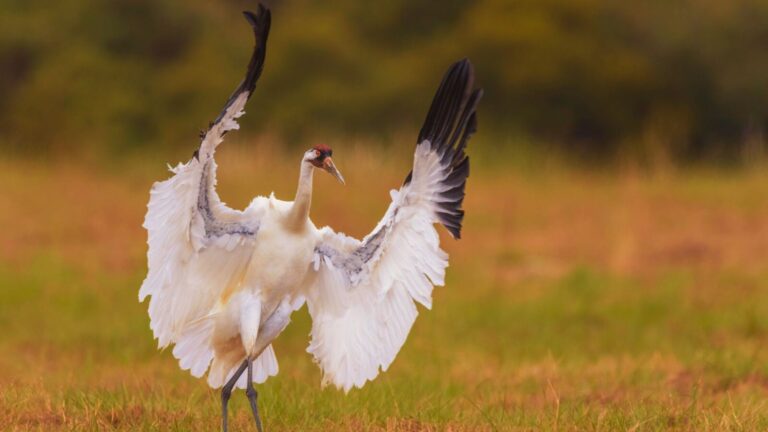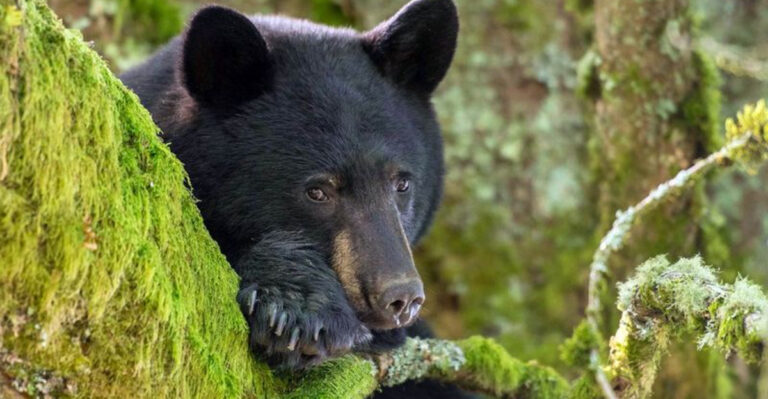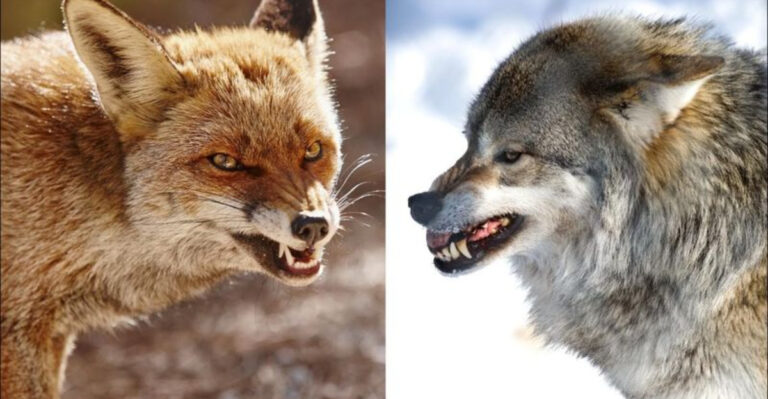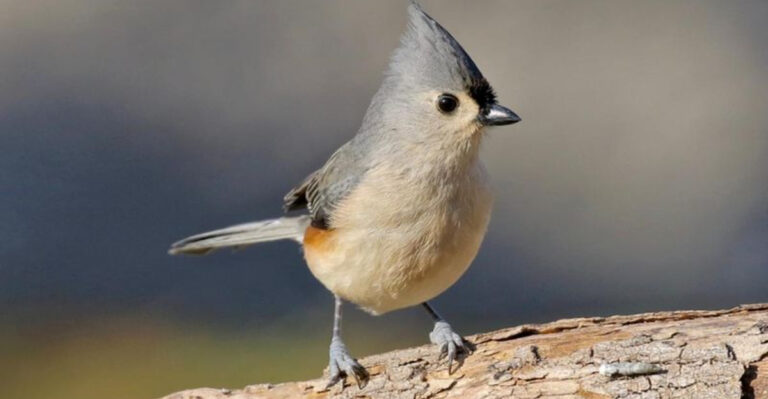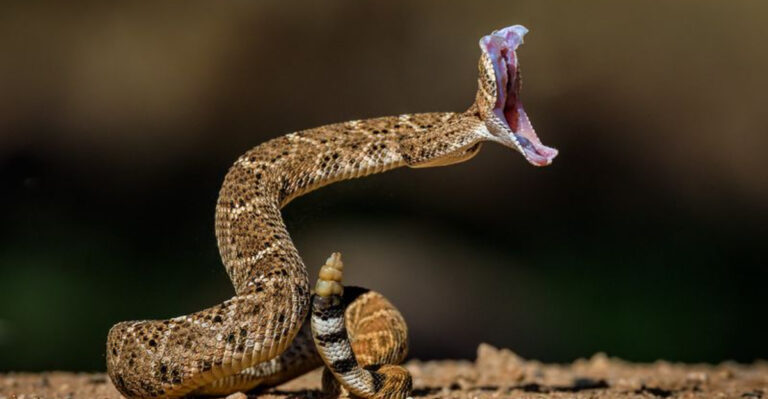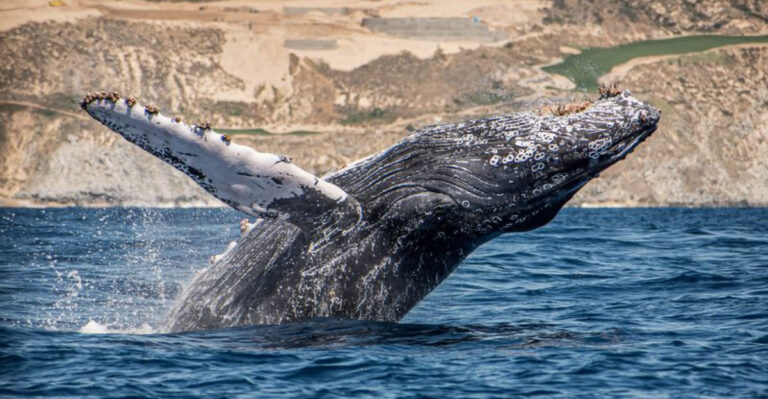12 Incredible Animals That Shape Their Ecosystems In Unbelievable Ways
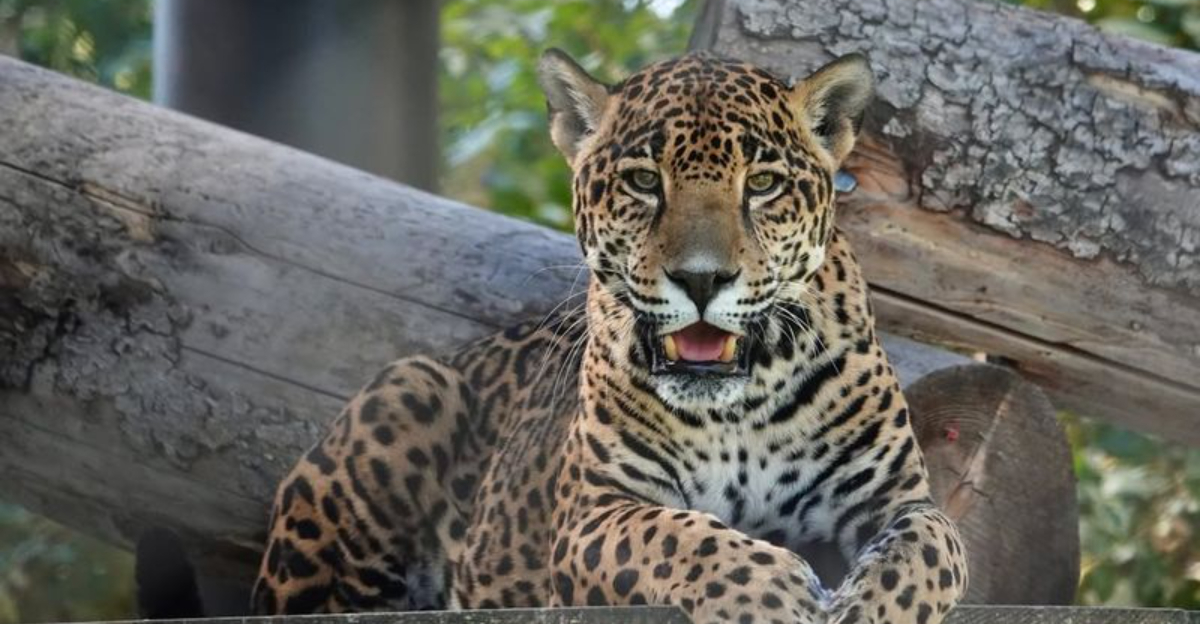
Explore the fascinating world of ecosystem engineers—animals whose behaviors and physical modifications dramatically affect their environment.
These creatures don’t just live in nature; they shape it, creating habitats, influencing biodiversity, and impacting the very fabric of their ecosystems.
1. Woodpeckers
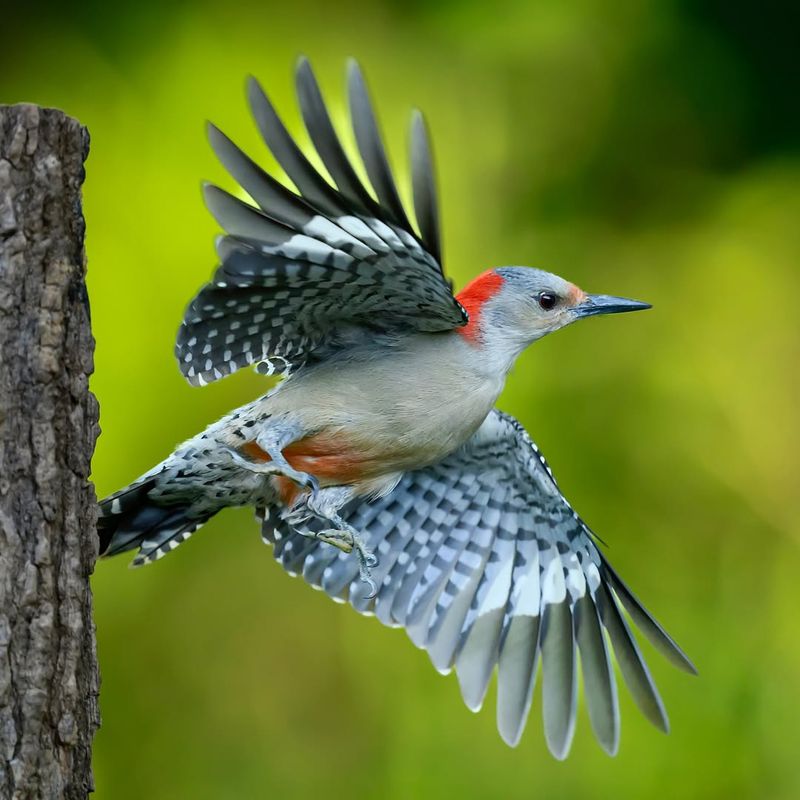
Their rhythmic pecking on tree trunks not only creates nesting sites but also helps control insect populations by feeding on them. This pecking may seem destructive, but it actually benefits other species. Many birds and mammals utilize the cavities woodpeckers leave behind.
These cavities serve as crucial nesting sites, especially in areas where natural hollows are scarce. By managing insect populations, woodpeckers also protect trees from infestations, contributing to forest health.
2. Beavers
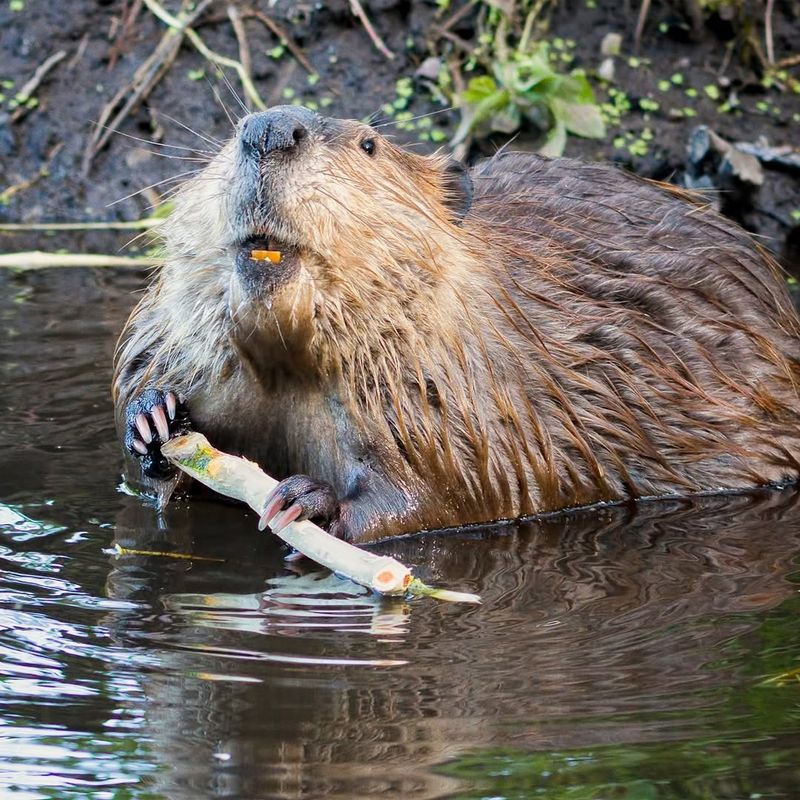
By building dams, these industrious creatures create wetlands that serve as habitats for countless species. The ponds formed by beaver dams help to filter water, reduce flooding, and recharge groundwater supplies.
These wetlands support a diverse array of flora and fauna, providing breeding grounds and food sources. The beaver’s engineering feats ensure biodiversity and resilience within their ecosystems.
3. Wolves
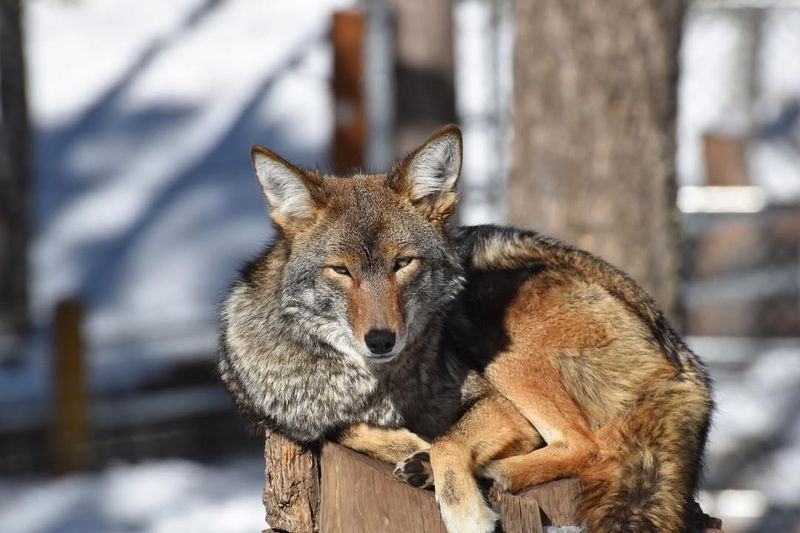
Wolves are keystone predators, fundamentally shaping the ecosystems they inhabit. By controlling prey populations, such as deer and elk, wolves prevent overgrazing and allow vegetation to flourish. This resurgence in plant life benefits various species, from insects to birds.
Wolves also inadvertently support scavengers like bears and eagles by leaving leftovers from their hunts. Their presence in an ecosystem promotes balance and biodiversity.
In regions where wolves have been reintroduced, such as Yellowstone National Park, the landscapes have transformed, illustrating their profound ecological impact.
4. Elephants
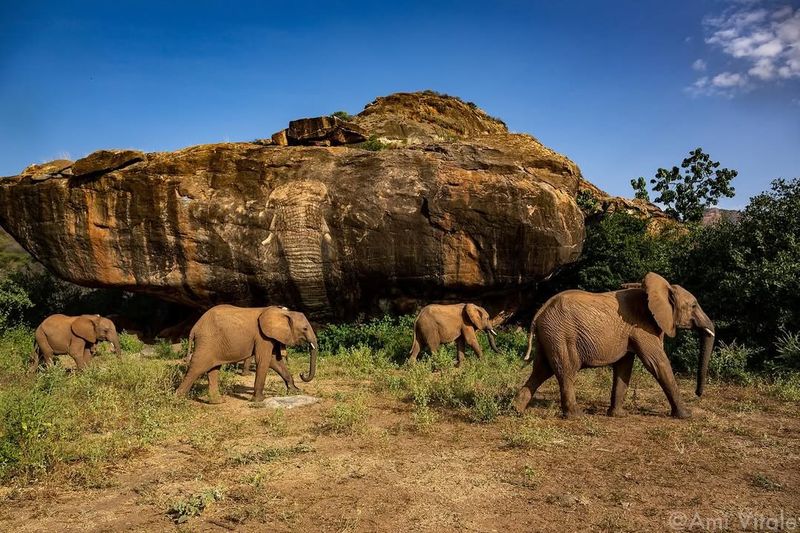
Their feeding habits involve uprooting trees and shrubs, which creates clearings that foster new plant growth. These clearings allow sunlight to reach the forest floor, promoting biodiversity. Elephants also dig for water, creating watering holes used by other animals.
Their dung, rich in seeds, aids in plant dispersion, contributing to ecosystem diversity. This cycle of destruction and renewal supports a myriad of species.
5. Coral
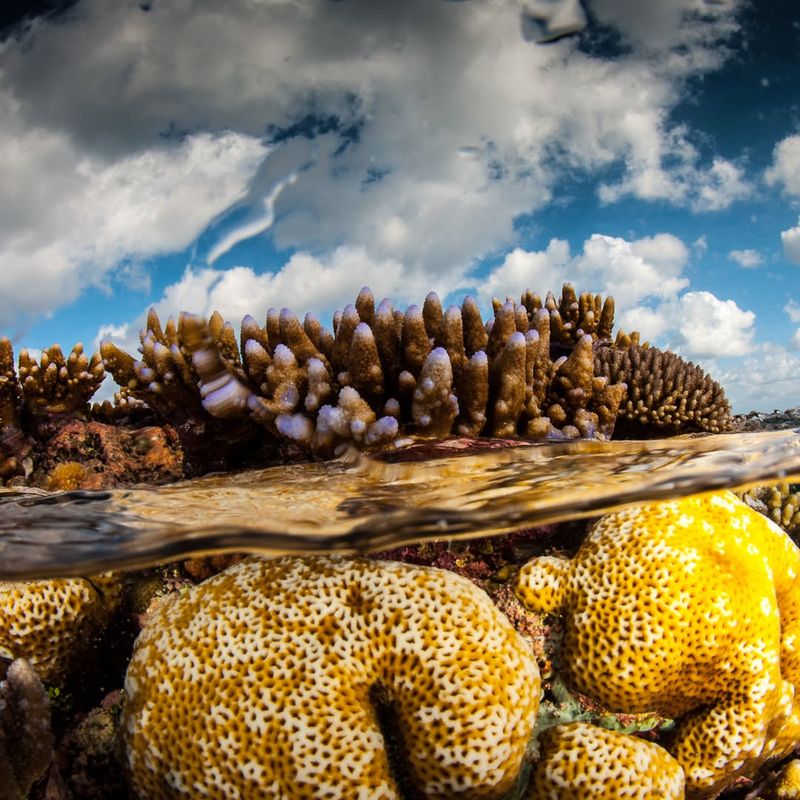
These underwater structures are formed by tiny coral polyps and serve as crucial habitats for fish, mollusks, and countless other species. Coral reefs protect coastlines from erosion by buffering wave action. They also play a role in carbon and nitrogen cycling, essential processes for ocean health.
The vibrant biodiversity of coral reefs is essential for fisheries, tourism, and coastal protection. However, they are vulnerable to climate change and pollution, making conservation efforts vital for their survival.
6. Honeybees
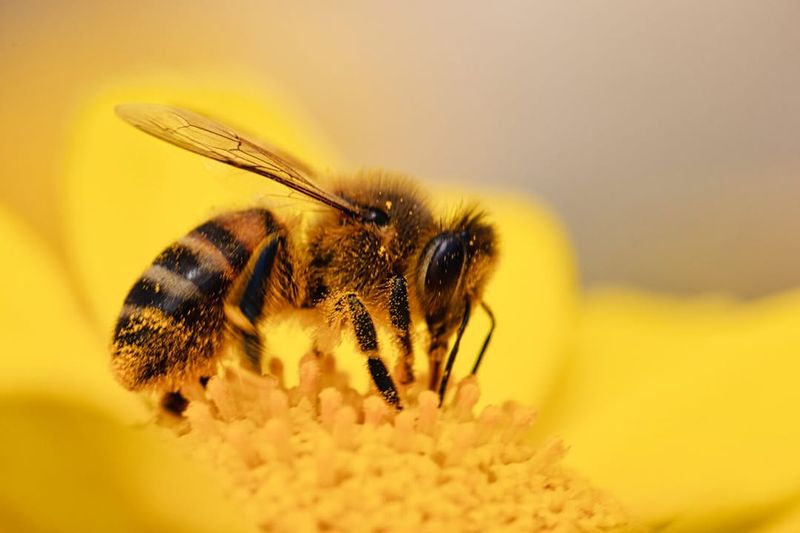
Honeybees are crucial pollinators, supporting the growth of plants that produce fruits, vegetables, and nuts. This pollination is vital for the reproduction of many flowering plants.
Honeybees contribute to biodiversity by facilitating plant reproduction, which in turn supports wildlife that rely on these plants for food and habitat. Beyond their ecological role, honeybees impact agriculture, contributing to food security and economic stability.
7. Earthworms
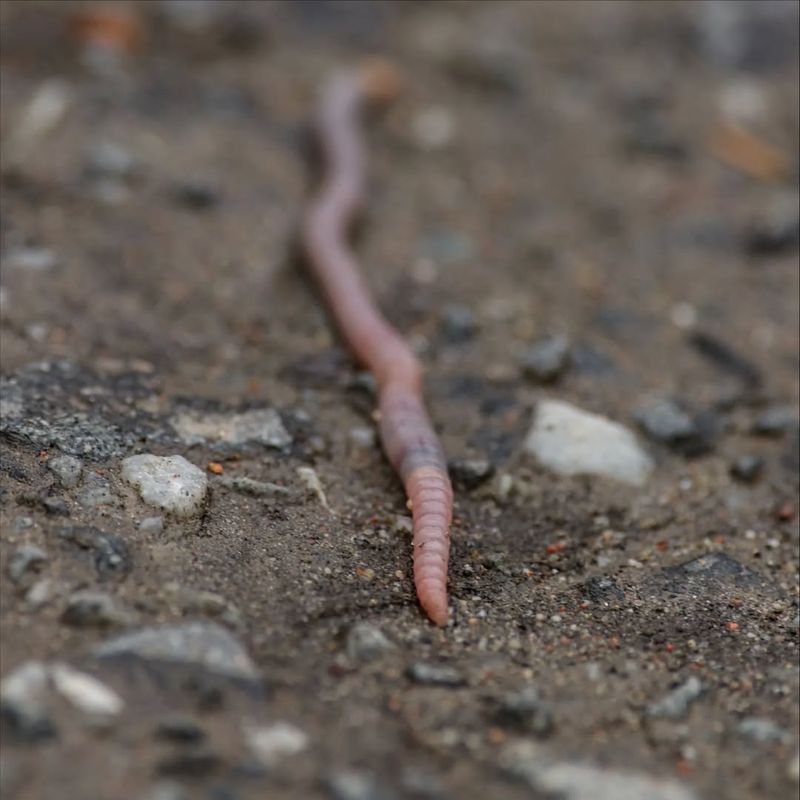
Earthworms, often overlooked, play a significant role in soil health and fertility. Their burrowing aerates the soil, improving its structure and drainage. As they consume organic matter, earthworms recycle nutrients, making them more available to plants.
This process enhances plant growth and contributes to the overall health of the ecosystem. Earthworms also promote microbial activity, vital for nutrient cycling. Their presence in the soil is a sign of a healthy ecosystem.
8. Sea Otters
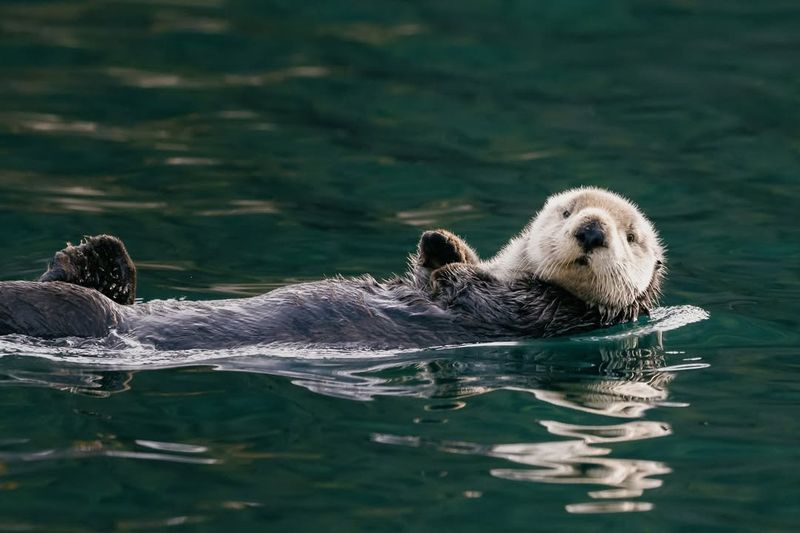
Sea otters are vital for maintaining the health of kelp forest ecosystems. By preying on sea urchins, otters prevent these creatures from overgrazing on kelp. This balance allows kelp forests to thrive, providing habitat and food for a multitude of marine species.
Kelp forests also play a role in carbon sequestration, helping to mitigate climate change. Sea otters’ presence encourages biodiversity and stability within these marine environments.
9. Bison
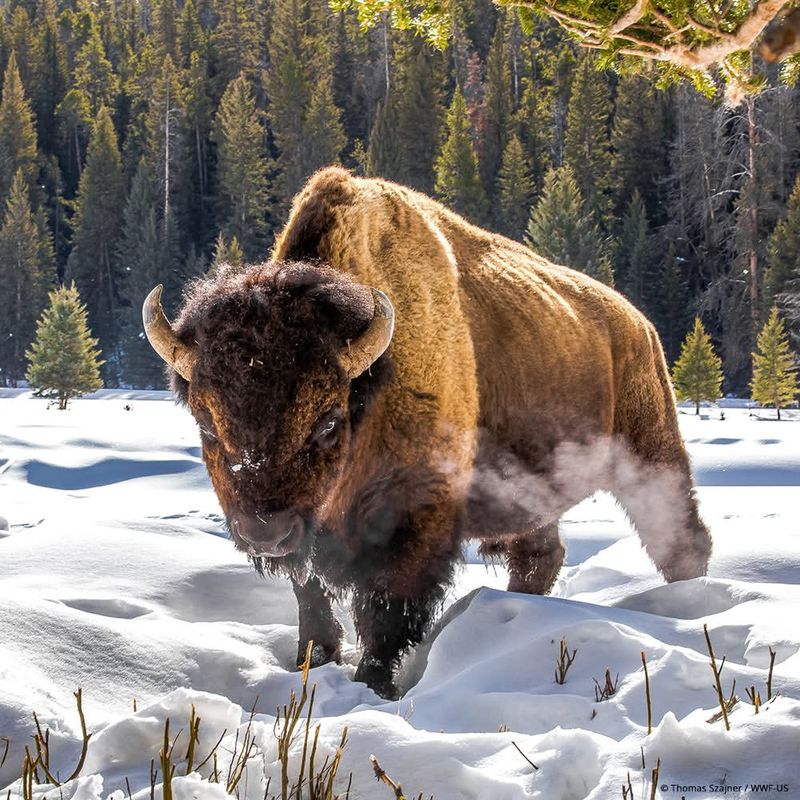
Their grazing patterns promote grassland health by stimulating new growth and maintaining plant diversity. Bison also create wallows, shallow depressions in the ground that collect rainwater and provide habitats for various species. These wallows support amphibians, insects, and plant life.
Bison movements help disperse seeds, contributing to the prairie ecosystem’s biodiversity. Their presence supports a wide range of species, from insects to large predators.
10. Jaguars
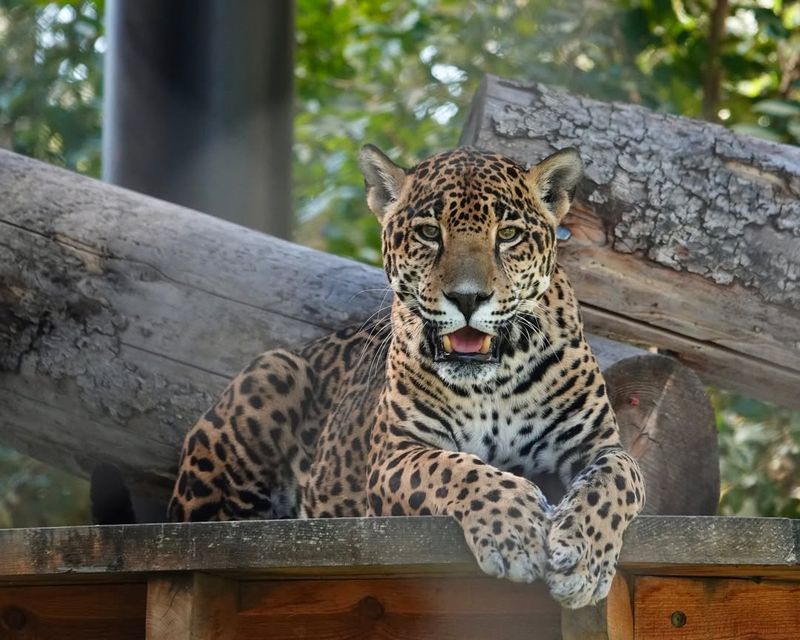
Jaguars are apex predators in the Amazon rainforest, playing a crucial role in maintaining the balance of this biodiverse ecosystem. By regulating the populations of herbivores, jaguars indirectly support plant growth and forest health.
Their hunting behavior influences prey dynamics, ensuring a balance between species. Jaguars’ presence maintains ecological stability, preventing any single species from dominating the environment.
11. Kangaroos
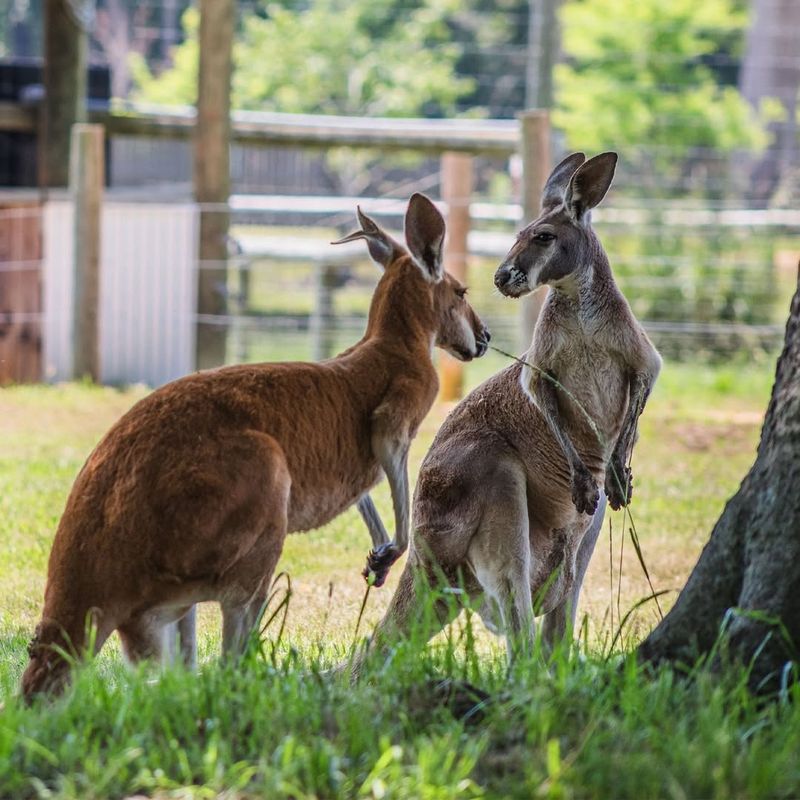
Through their grazing habits, they maintain grassland health and prevent bush encroachment. Their movement across the land helps disperse seeds, promoting plant diversity. Kangaroos also create trails and clearings that allow other species to flourish.
Their presence influences the composition of plant and animal communities, contributing to the ecosystem’s resilience.
12. Termites
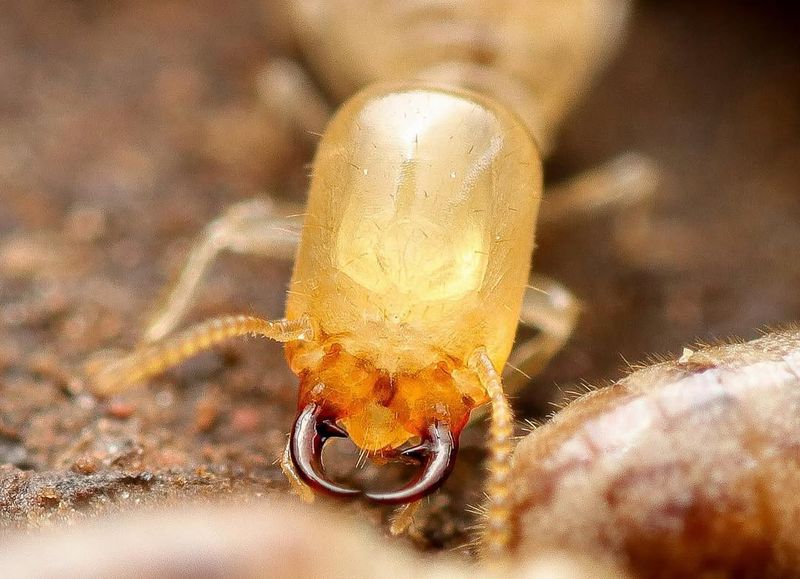
By breaking down tough plant material, they recycle nutrients, enriching the soil. Their activity aerates the soil, enhancing its fertility and structure. Termite mounds, impressive structures, provide habitats for various organisms.
These mounds regulate temperature and humidity, creating microhabitats. Termites’ role in nutrient cycling supports plant growth and, consequently, the wildlife that depends on those plants.

